A’seedbot is a tiny autonomous robot that aims to convert the uninhabitable sandy desert soil into a verdant landscape.
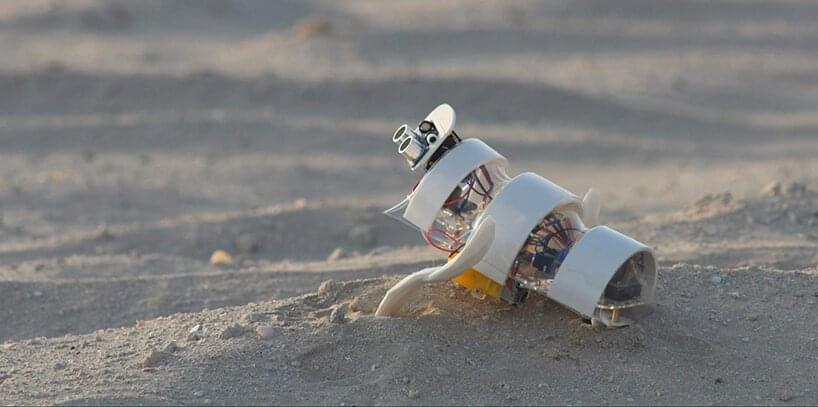

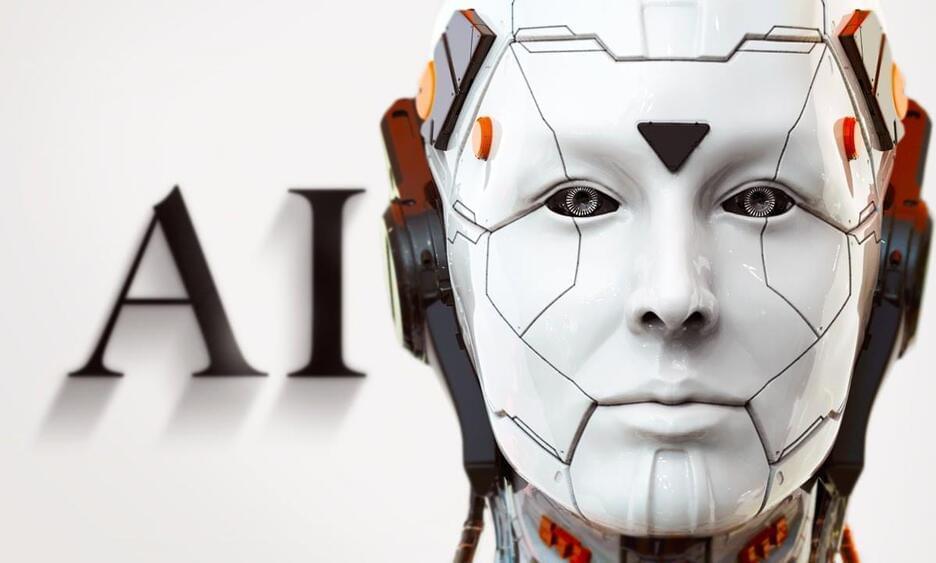
A documentary and journey into the future exploring the possibilities and predictions of artificial intelligence. This timelapse of the future explores what is coming, from robots that are too fast for humans to see, to A.I. bots from Microsoft (bringing back loved ones to life) and Google’s laMDA (replacing the need for online searches).
Elon Musk’s Neuralink goes from a medical and healthcare device, to helping people become superhuman – with intelligence amplification, and add-ons that connect to the brain chip.
Artificial general intelligence begins to design an A.I. more powerful than itself. People begin to question if humanity has reached the technological singularity. Artificial Super Intelligence emerges from the AGI.
And further into the deep future. Human consciousness becomes digitized and uploaded into a metaverse simulation. It is merged with A.I. creating hybrid consciousness – which spreads across the cosmos. Matrioshka brains and Dyson Spheres host humanity’s consciousness in a cosmic simulation network.
Quotes about the future from: James J Hughes.
Additional footage sourced from: Neuralink, Tesla.
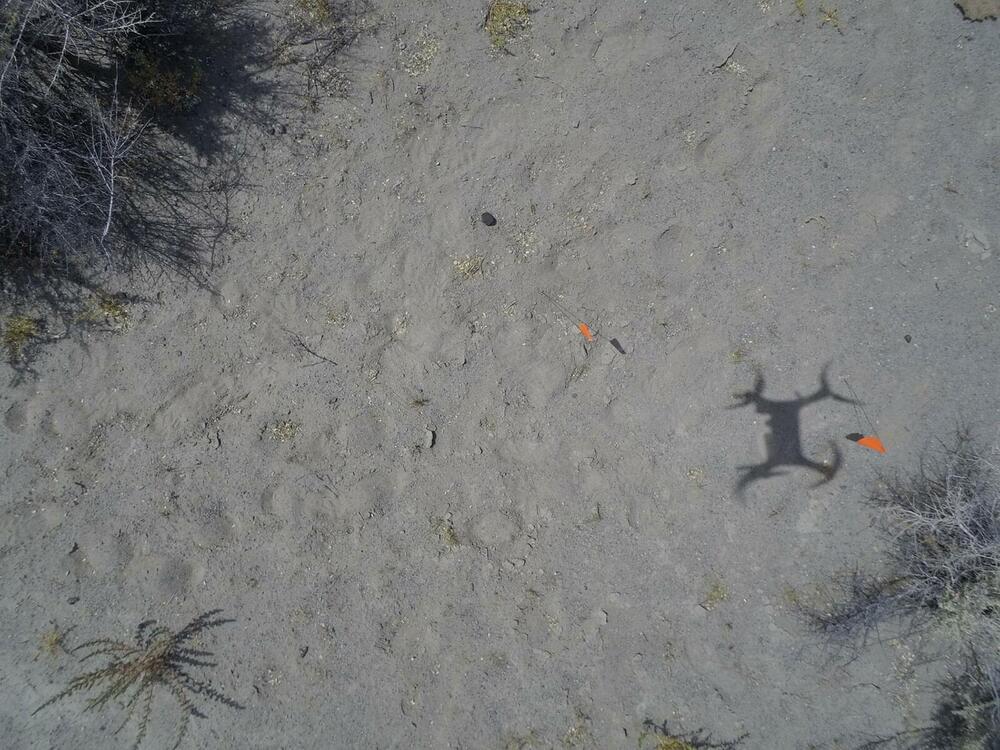
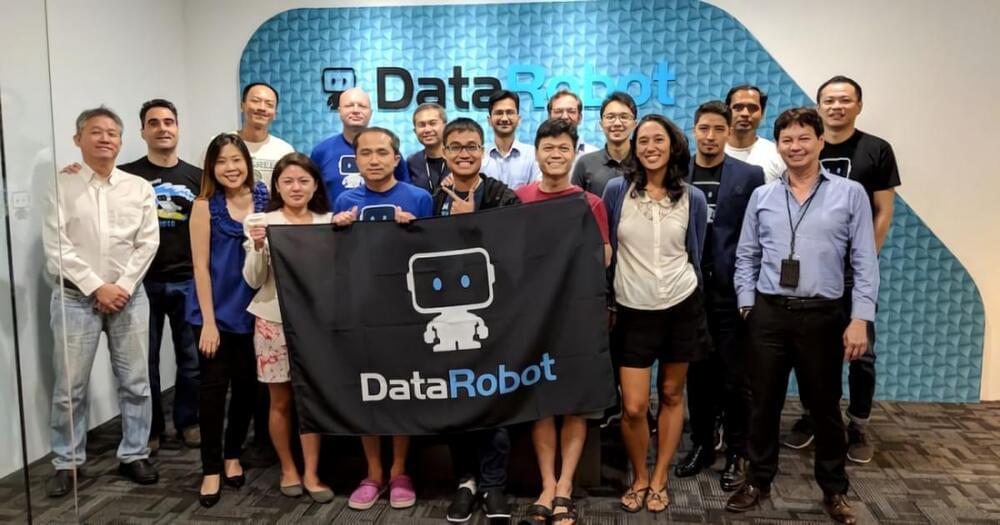

The future imagined in “The Jetsons” is almost here — smart watches track our steps, Zoom connects us to the people we love, and camera drones steadily increase the views on any vlogger’s YouTube channel. The only thing we’re missing from the animated sitcom is air traffic in the form of flying cars. Although, it looks like we’re not too far from that reality, either. Consequently, robots and AR will also be commonplace.
If all of this seems too “Black Mirror” for you to process, we suggest taking a step-by-step approach. Invest in a watch that tells you how much you’ve walked but not how much you’ve slept. Until further notice, only board airplanes to fly. Instead of hiring your own Rosey the Robot housekeeper, meet with a robot every other week.

Method combines quantum mechanics with machine learning to accurately predict oxide reactions at high temperatures when no experimental data is available; could be used to design clean carbon-neutral processes for steel production and metal recycling.
Extracting metals from oxides at high temperatures is essential not only for producing metals such as steel but also for recycling. Because current extraction processes are very carbon-intensive, emitting large quantities of greenhouse gases, researchers have been exploring new approaches to developing “greener” processes. This work has been especially challenging to do in the lab because it requires costly reactors. Building and running computer simulations would be an alternative, but currently there is no computational method that can accurately predict oxide reactions at high temperatures when no experimental data is available.
A Columbia Engineering team reports that they have developed a new computation technique that, through combining quantum mechanics and machine learning, can accurately predict the reduction temperature of metal oxides to their base metals. Their approach is computationally as efficient as conventional calculations at zero temperature and, in their tests, more accurate than computationally demanding simulations of temperature effects using quantum chemistry methods. The study, led by Alexander Urban, assistant professor of chemical engineering, was published on December 1, 2021 by Nature Communications.
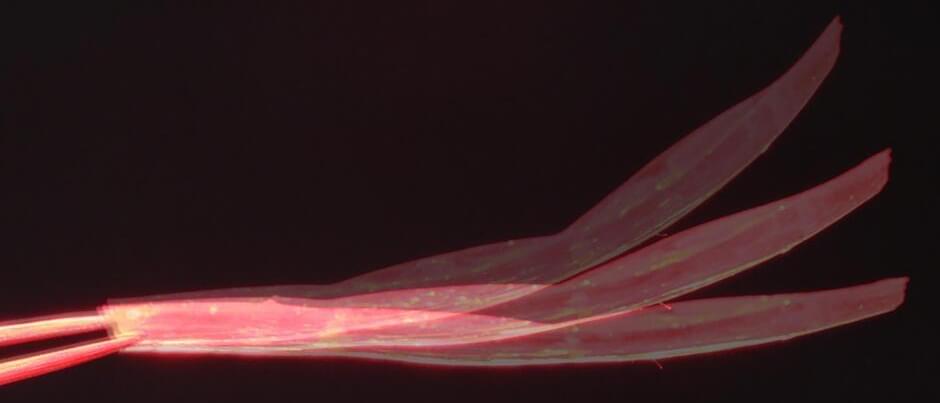
A floating, robotic film designed at UC Riverside could be trained to hoover oil spills at sea or remove contaminants from drinking water.
Powered by light and fueled by water, the film could be deployed indefinitely to clean remote areas where recharging by other means would prove difficult.
“Our motivation was to make soft robots sustainable and able to adapt on their own to changes in the environment. If sunlight is used for power, this machine is sustainable, and won’t require additional energy sources,” said UCR chemist Zhiwei Li. “The film is also re-usable.”

Cazenovia High School student Rio Harper taught his computer, using Artificial Intelligence — or A.I. — to create a variety of images. He has made mney off of the creations, and has developed ideas about how A.I. might shape his, and our, futures. Syracuse University Audio Production students T. Michael Collier and Cole Strong have this profile.

More about “autonomous” (robot) vehicles.
The vehicle’s abilities were demonstrated on snowy terrain, at low temperatures, and in difficult road and weather conditions. The multi-purpose robotic platform is ideal for military units as it is designed to perform logistics, evacuation, reconnaissance and other special tasks.
It is engineered with low-pressure tires and built on a stable and durable transmission base. This base has amphibious properties, a long-range, and a low noise level while driving making it inconspicuous during military missions.
The vehicle can maneuver through lakes, rivers, swamps, snowy areas, deserts, and trenches up to ~3.3 ft (1 m) making it ideal for combat zones. The goal of the vehicle is to allow the military to increase both mobility and security for future missions.
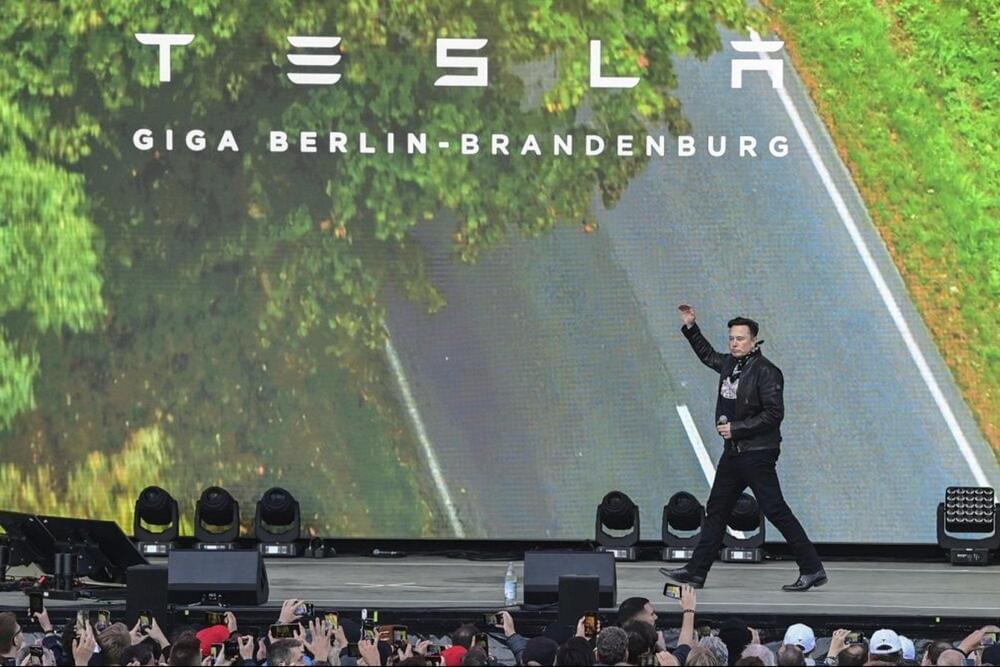
“If you’re working on something that involves people or engineering, it’s probably a good focus for your future,” Musk.
Elon Musk has made many predictions about the future of society and the role that his companies Tesla and SpaceX will play. The millionaire has very strong opinions and is not afraid to express them in interviews, conferences, and even on social networks. This time, he spoke about the impact that Artificial Intelligence will have on the jobs of the future and mentioned the careers that will be safe. to the tech mogul, the essentials will be engineering and human-interactive careers.